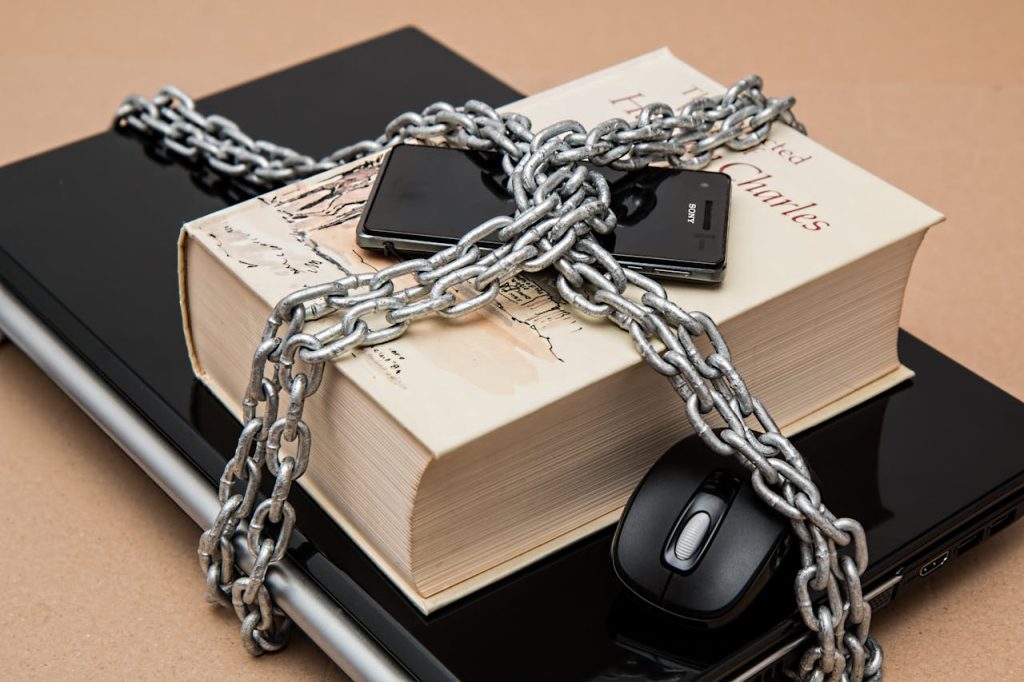
Encryption is one of the most powerful tools in digital security — and also one of the most misunderstood.
Used correctly, encryption ensures that only you (or the intended recipient) can read a file, email, or message, even if it’s intercepted, stolen, or leaked.
Why It Matters?
Encryption is the process of converting data into unreadable code that only someone with the right key can decode.
There are two main types:
- Symmetric encryption – One key is used to encrypt and decrypt (e.g., ZIP file passwords)
- Asymmetric encryption – Public and private key pair (used in email, messaging, and SSL)
🛡️ Encrypted data looks like gibberish to anyone who doesn’t have the decryption key.
Why You Should Use Encryption
✅ Builds good digital hygiene habits
✅ Protects sensitive files and backups
✅ Secures messages and emails
✅ Prevents theft or abuse in case of device loss
✅ Complies with privacy regulations (e.g., GDPR, HIPAA)
How to Use Encryption Safely
🔑 Use strong, unique passwords for encrypted containers
📁 Don’t store encryption keys or passwords next to the encrypted files
☁️ Avoid syncing encrypted containers with cloud apps that modify files
📦 Regularly back up your encrypted data — and test decryption
📄 Keep your encryption software up to date
Common Mistakes to Avoid
❌ Using ZIP encryption with weak passwords
❌ Storing encrypted files but forgetting the decryption key
❌ Assuming messaging apps like WhatsApp are “fully private” (they may collect metadata)
❌ Not using full-disk encryption on mobile devices
Further Reading and Resources
